Description
Golden Tanager (Tangara arthus)
Captive Care Guide for the Neotropical Jewel
Species Overview
Native to Andean cloud forests (1,000-2,400m elevation), this radiant species features:
- Sunburst-yellow plumage with black wing accents
- Sexual monomorphism (males/female visually identical)
- Compact size: 12-13cm (4.7-5.1″)
Conservation Status:
- CITES Appendix II
- IUCN Least Concern
Husbandry Requirements
Habitat Specifications:
- Aviary: Minimum 4’L × 3’W × 6’H (vertical orientation)
- Microclimate:
- Day: 65-75°F (18-24°C)
- Night: 55-65°F (13-18°C)
- Humidity: 70-80%
- Essential Plants:
- Fuchsia spp. (nectar source)
- Cecropia leaves (nesting material)
Nutritional Protocol:
- 60% live food (fruit flies, waxworms)
- 25% mashed tropical fruits (banana, papaya)
- 15% specialized tanager diet
- Daily: Nectar supplement + calcium powder
Breeding Notes
Reproductive Biology:
- Seasonality: Triggers during rainy season simulations
- Nest Type: Cup-shaped in dense foliage
- Clutch Size: 2-3 pale blue eggs
- Incubation: 15-17 days (shared by pair)
Key Insight:
“Requires insect protein spikes (>50% diet) during chick-rearing for optimal fledging success.”
Health Management
Preventative Care:
- Monthly: Fecal parasite checks
- Quarterly: Vitamin A injections (prophylactic)
- Annually: CBC/chemistry panel
Common Challenges:
- Feather cyst formation
- Hepatic lipidosis
- Air sac mites
Acquisition Considerations
For qualified institutions:
- Application demonstrating:
- Established planted aviary
- Insect breeding capacity
- Avian veterinary access
Available Through:
- Species Survival Plan (SSP) participants
- CITES-approved breeders
Why Focus on This Species?
✔ Conservation Education – Demonstrates neotropical biodiversity
✔ Aviary Centerpiece – Unmatched visual impact
✔ Research Value – Climate adaptation studies
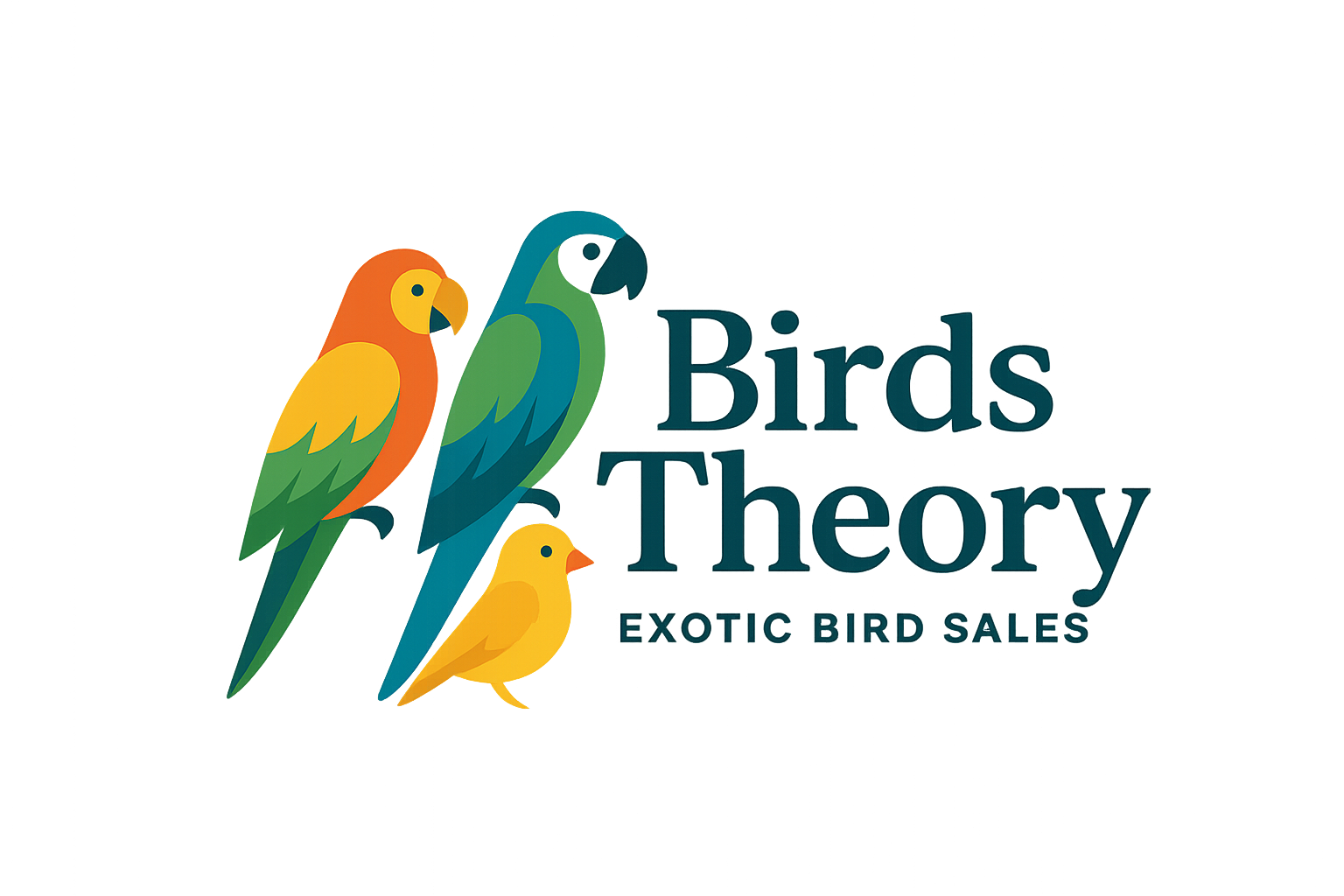
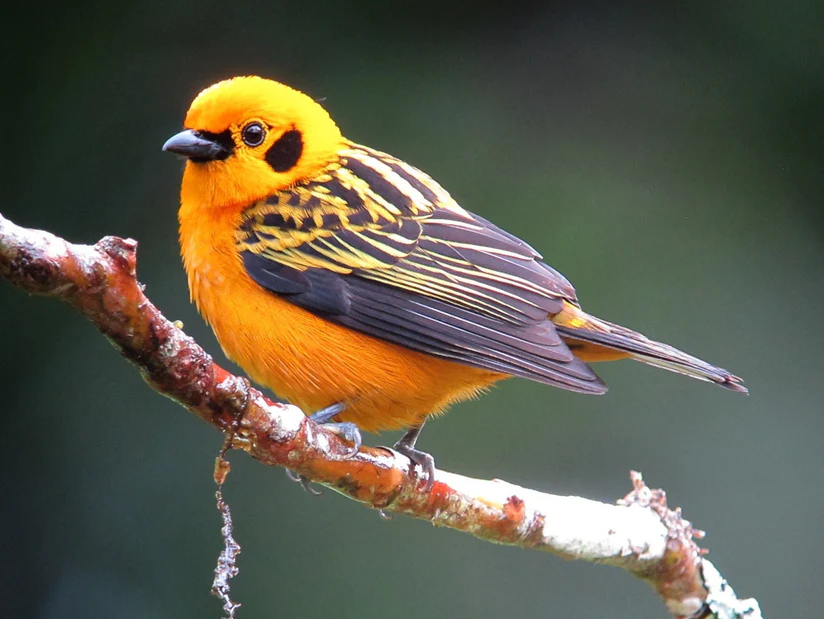
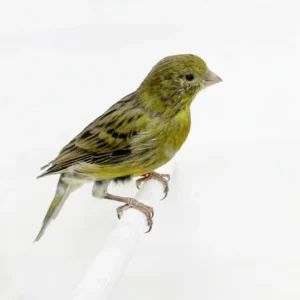
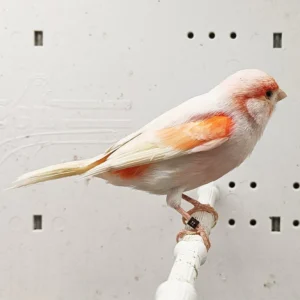
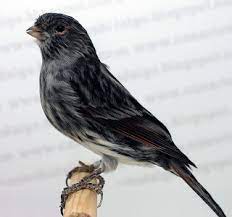
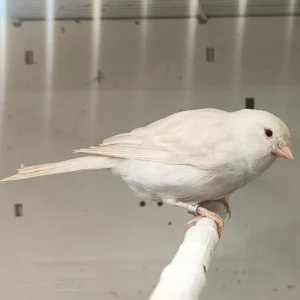
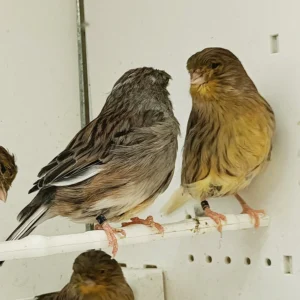
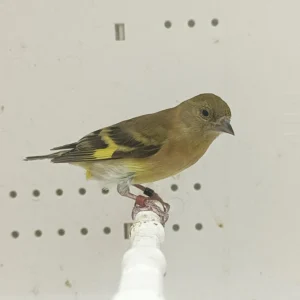
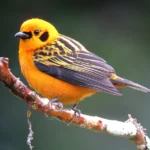
Reviews
There are no reviews yet